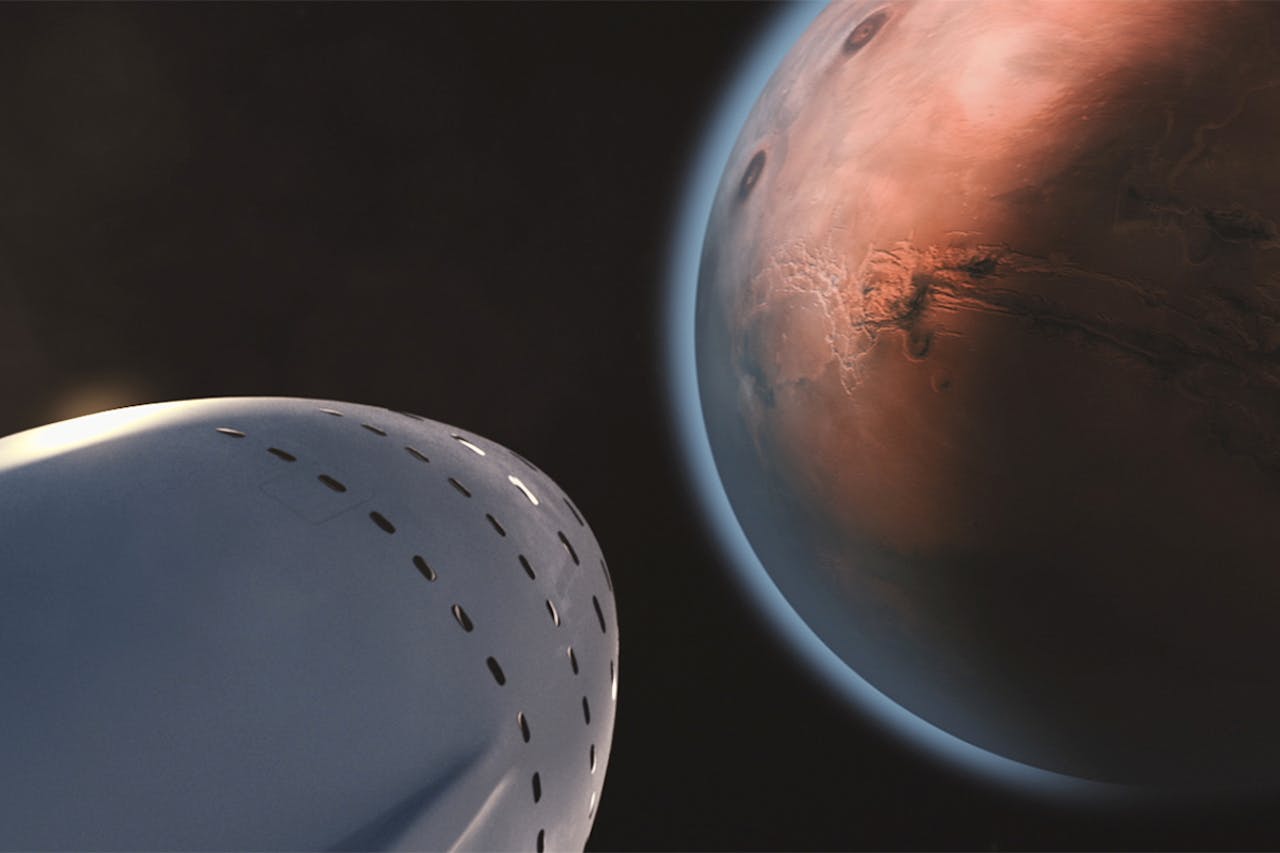The universe stretches far beyond what we can truly imagine. Scientists keep uncovering discoveries that reveal its enormous scale. From staggering distances to trillions of galaxies, every fact reminds us how small our place is in the cosmos. These ten insights will change the way you see space and your position in it.
1. The Observable Universe Is 93 Billion Light-Years Across

Astronomers measure the observable universe at about 93 billion light-years across. Light travels almost 9.5 trillion kilometers in a year, so these distances are staggering. This vast size exists because the universe has expanded since the Big Bang, stretching space far beyond what we might expect from its 13.8-billion-year age.
2. The Universe Keeps Expanding
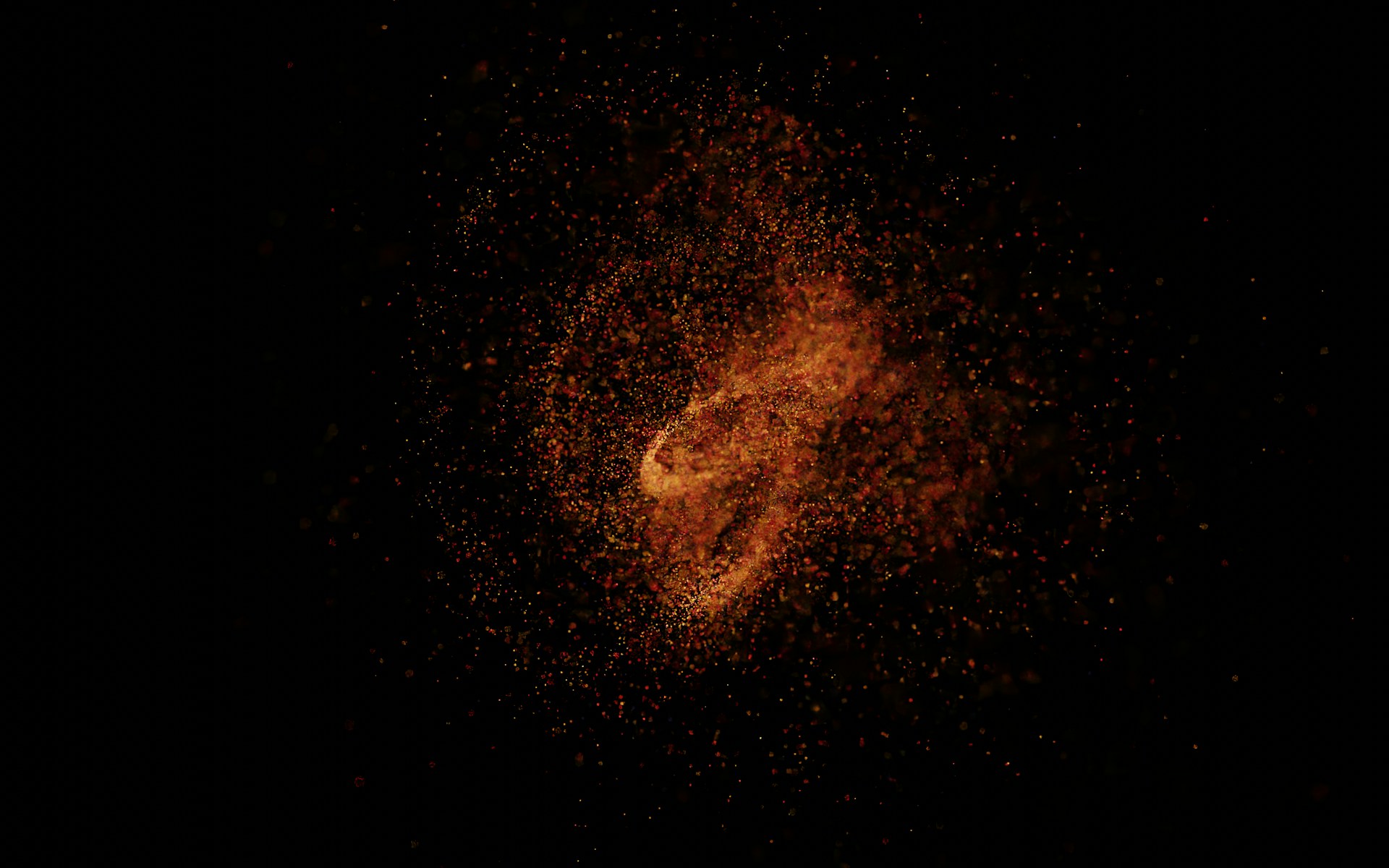
Galaxies move away from us, and the farther they are, the faster they go. Edwin Hubble first confirmed this by observing redshifts in their light. His discovery showed that space itself expands, pushing galaxies apart. Even today, astronomers track this growth, knowing the universe continues to spread wider with every passing second.
3. Scientists Found More Galaxies Than Expected

Astronomers once estimated the universe held about 100 billion galaxies. Data from the Hubble Space Telescope revealed it could contain more than two trillion. Each galaxy carries billions or trillions of stars. This scale makes it nearly impossible for anyone to picture the full size of the universe we live in.
4. Light From Distant Objects Travels Billions of Years
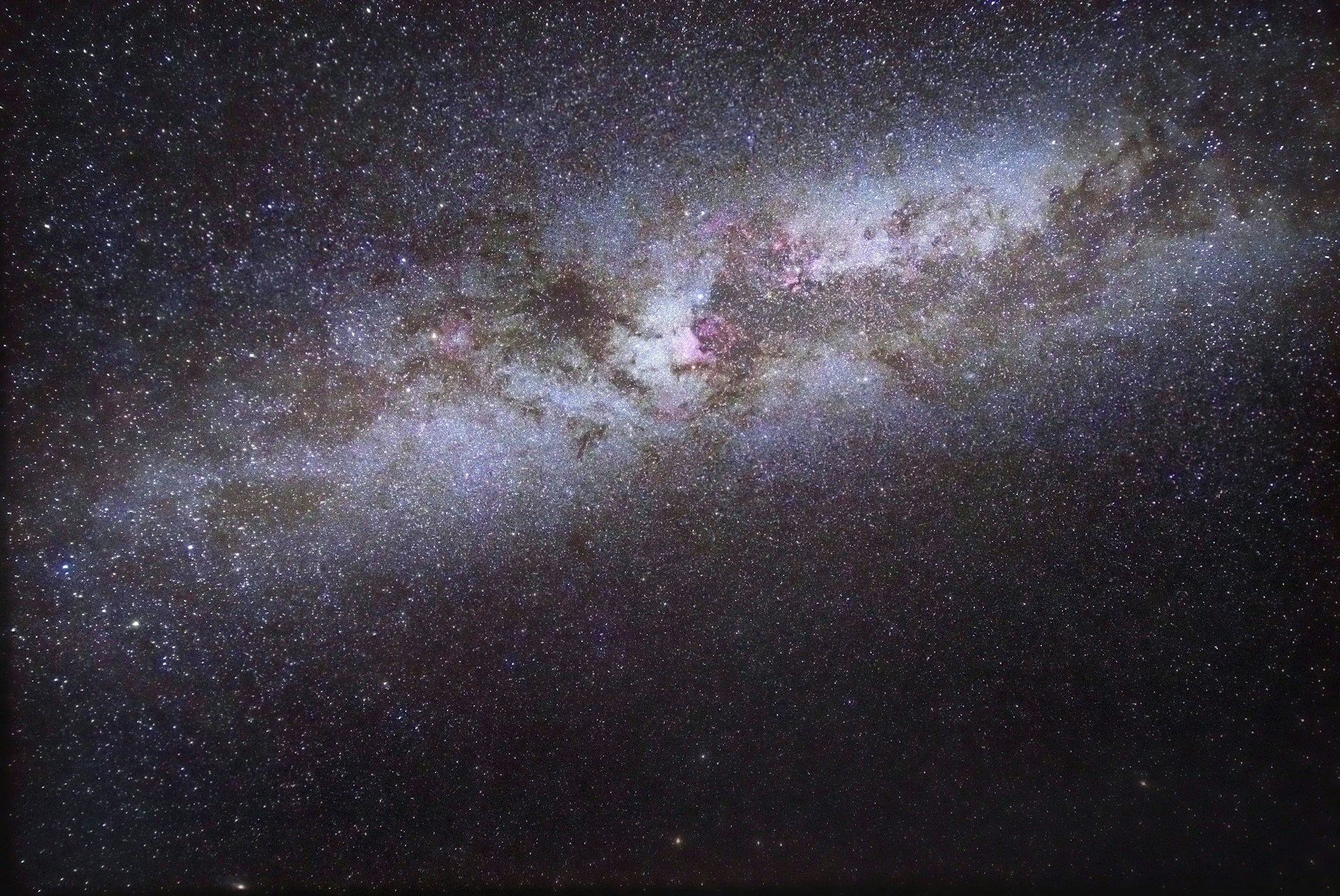
When you look at the stars, you see light that began its journey thousands or even billions of years ago. The most distant galaxies visible today sent their light more than 13 billion years in the past. Telescopes let us look back in time, capturing the early universe as it formed shortly after the Big Bang.
5. The Largest Known Structure Stretches 10 Billion Light-Years
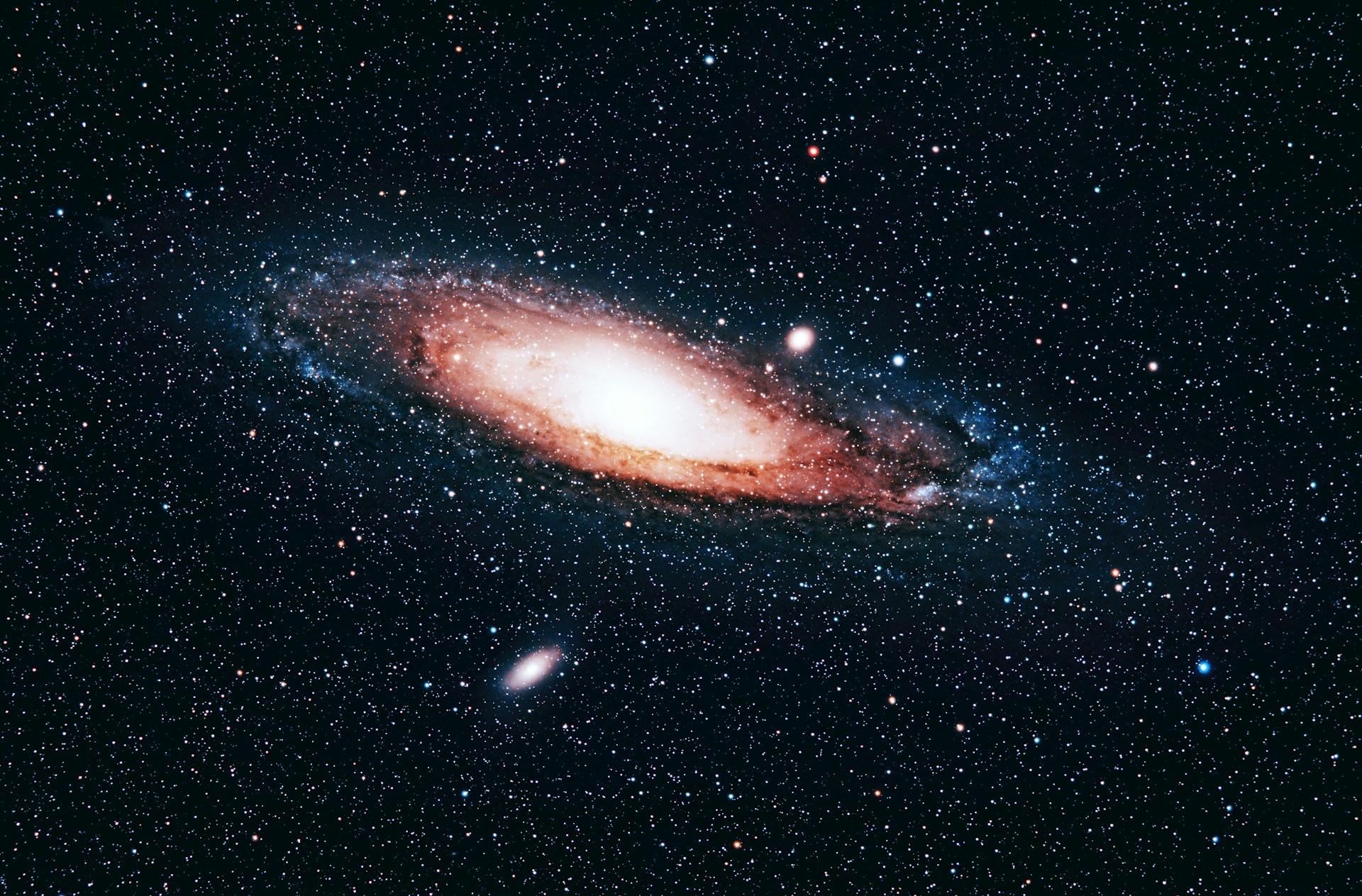
Astronomers mapped the Hercules Corona Borealis Great Wall, a gigantic cluster of galaxies stretching about 10 billion light-years. Its size challenges current models of how the universe formed because scientists struggle to explain how such a massive structure could exist within the known laws of physics.
6. The Milky Way Is Tiny in Comparison
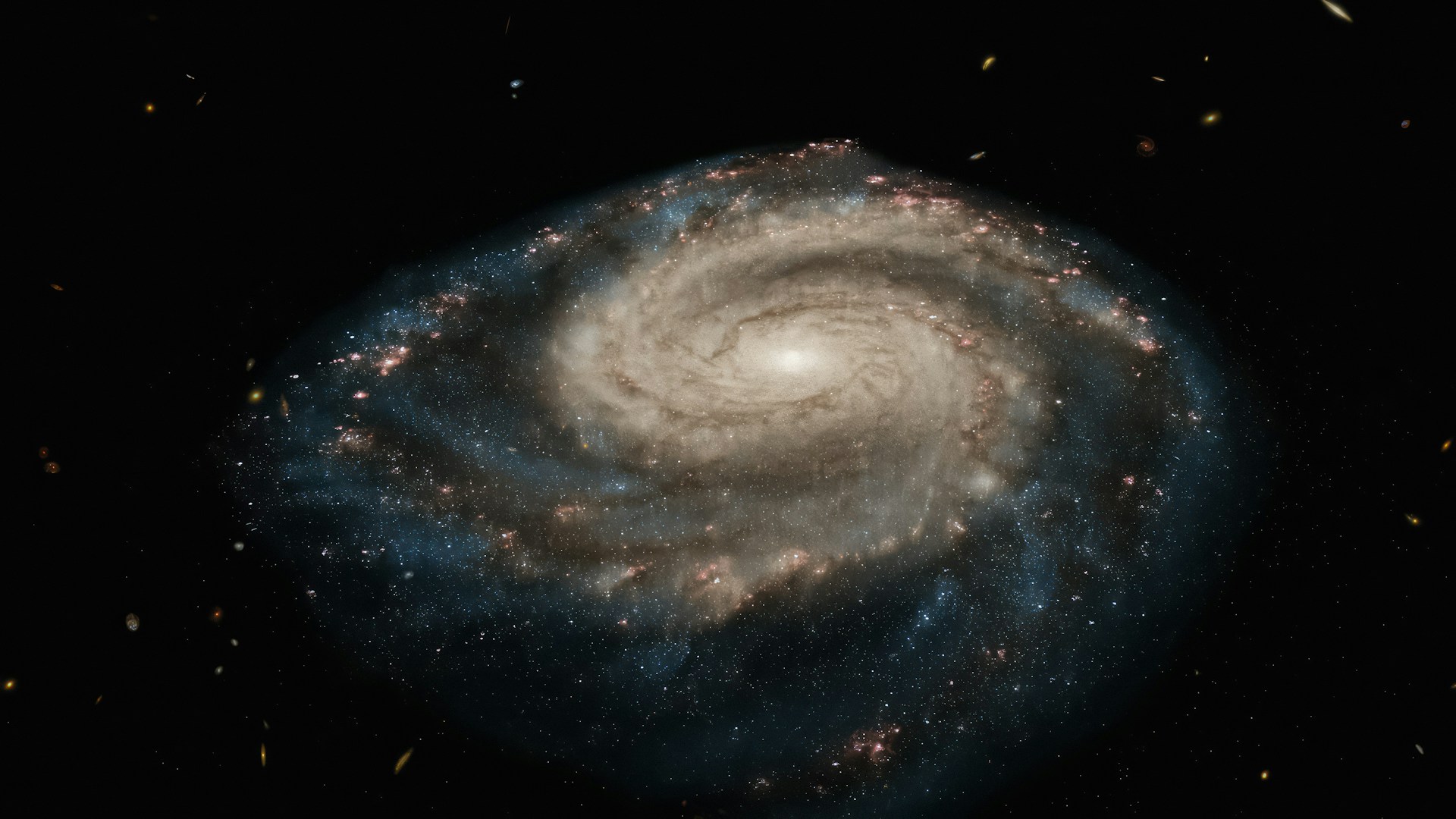
The Milky Way measures about 100,000 light-years across, making it huge by human standards yet minuscule in the universe. It contains hundreds of billions of stars, but it is only one of trillions of galaxies. This comparison puts our entire home into perspective, showing how small we truly are.
7. Most of the Universe Remains Invisible

Ordinary matter, everything you see and touch, makes up less than five percent of the universe. Dark matter and dark energy account for the rest. Scientists know these invisible forces shape galaxies and accelerate cosmic expansion, but they still work to understand exactly what they are and how they behave.
8. Light-Years Make Distance Easier to Imagine

Astronomers use light-years to measure space because kilometers or miles cannot capture such vast distances. The nearest star beyond the Sun, Proxima Centauri, sits 4.2 light-years away. That equals almost 40 trillion kilometers, a number far too large for most of us to picture.
9. The Edge of What We See Is Not the Edge of Space

We can only see as far as light has had time to travel since the universe began, but that does not mean space stops there. Beyond our visible limit, the universe likely continues, possibly without end. Our observable horizon marks the limit of our view, not the true boundary of everything that exists.
10. Future Discoveries Could Change What We Know
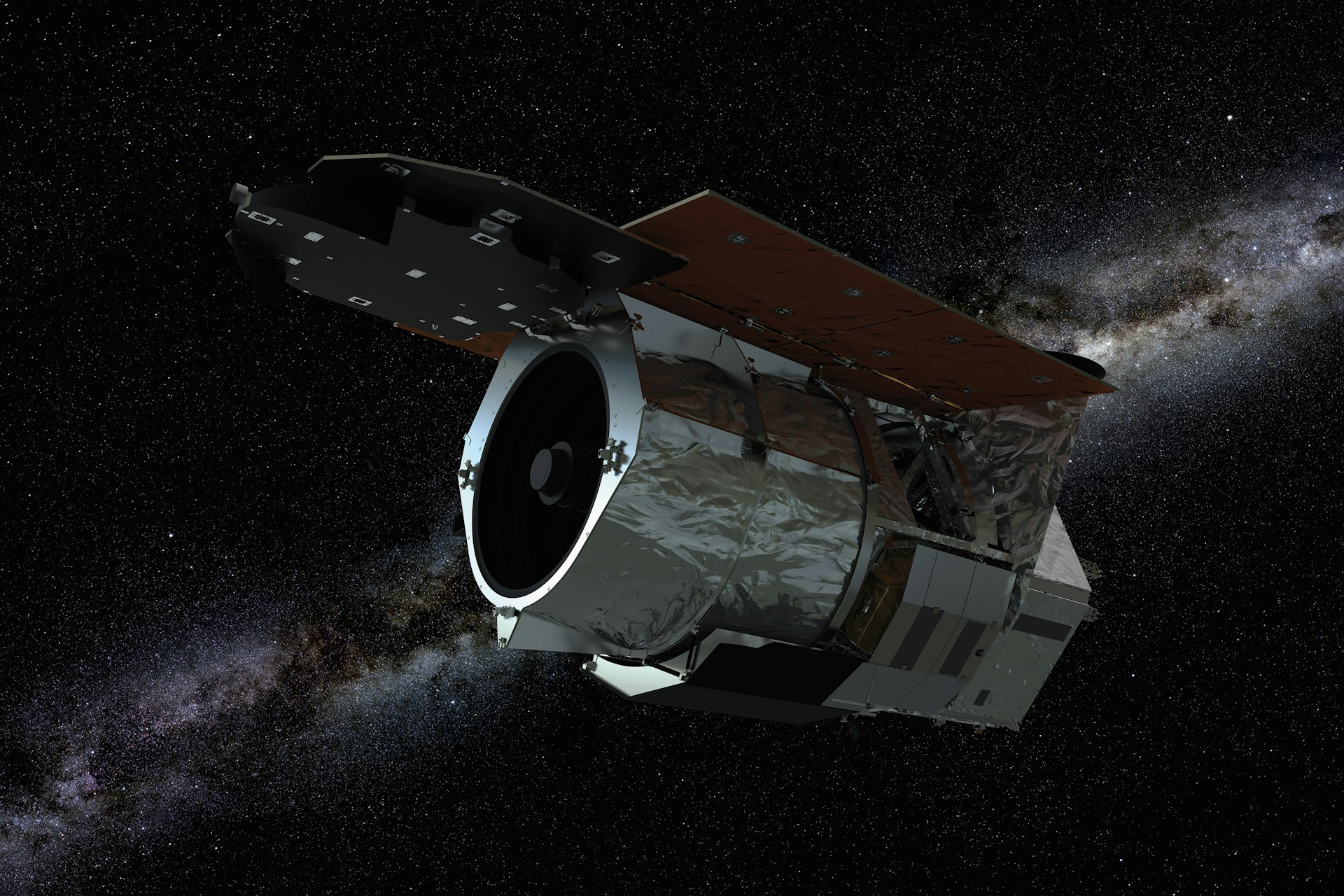
New telescopes and space missions will show us more of the universe and refine what we understand about its size. They could uncover galaxies we have never seen, map structures even larger than we know, and reveal more about how fast space expands. The universe may prove bigger and more complex than we can currently imagine.


